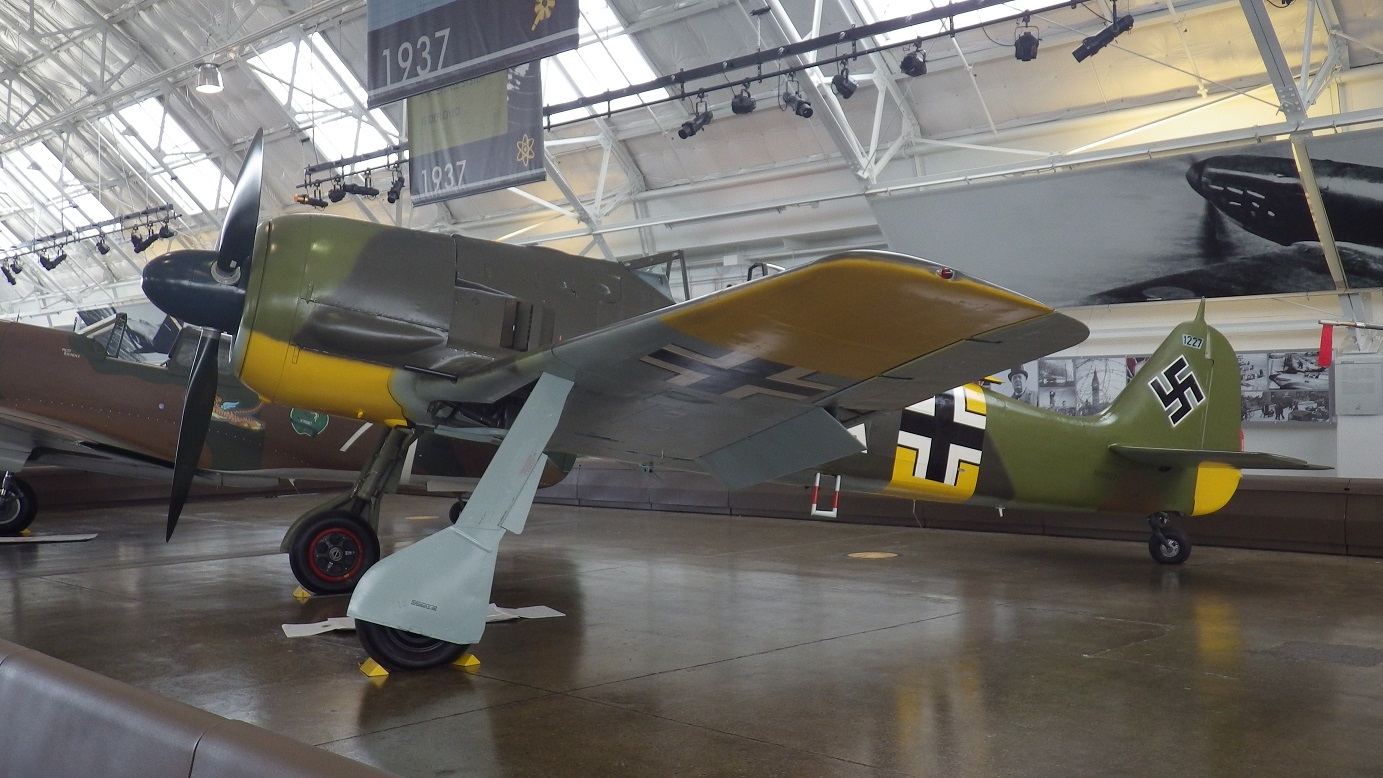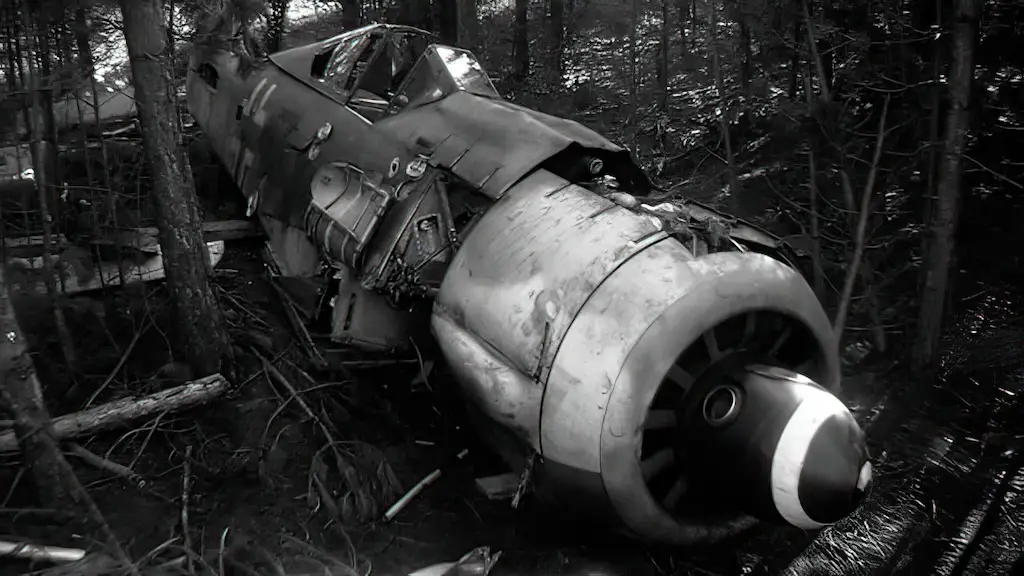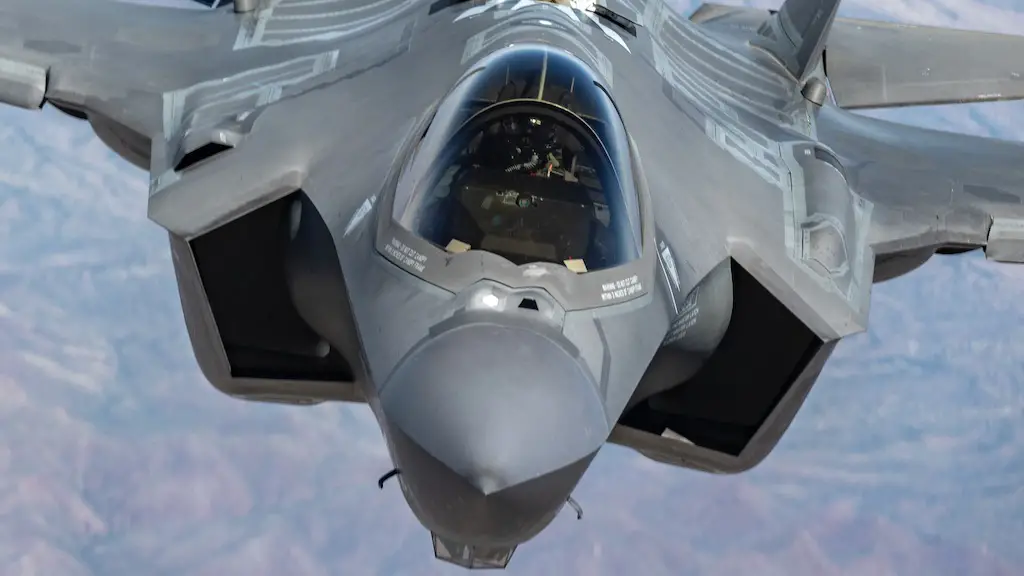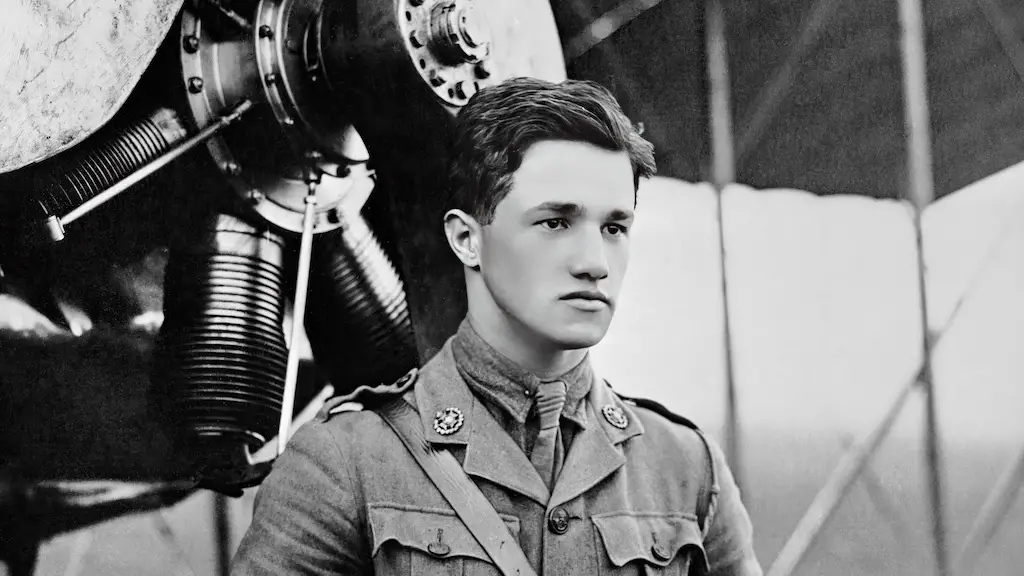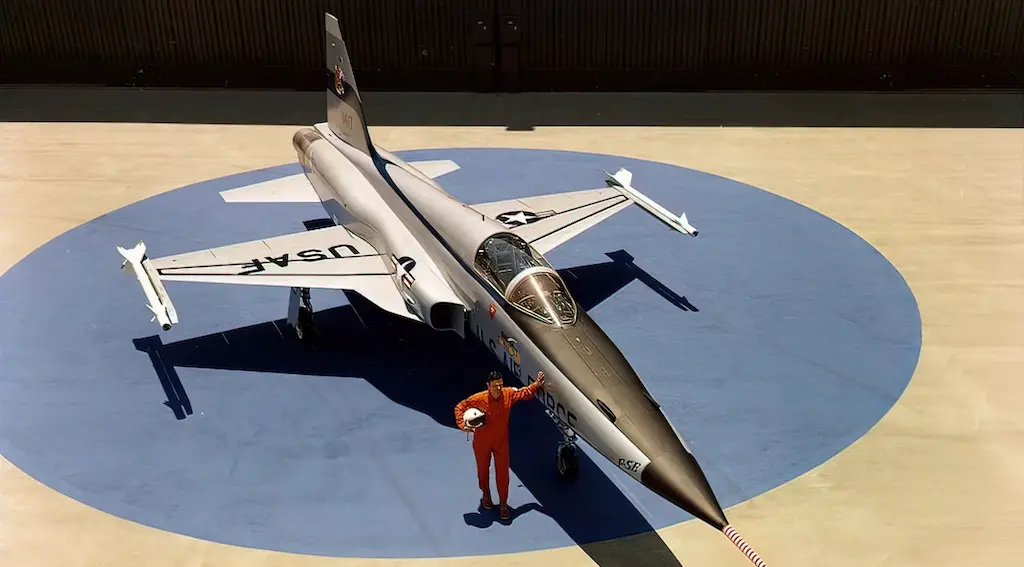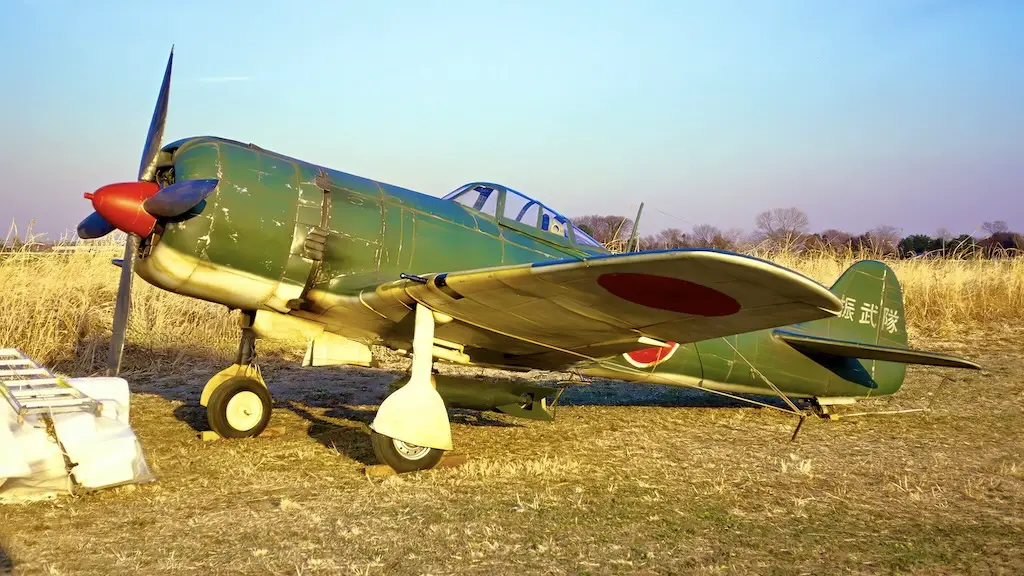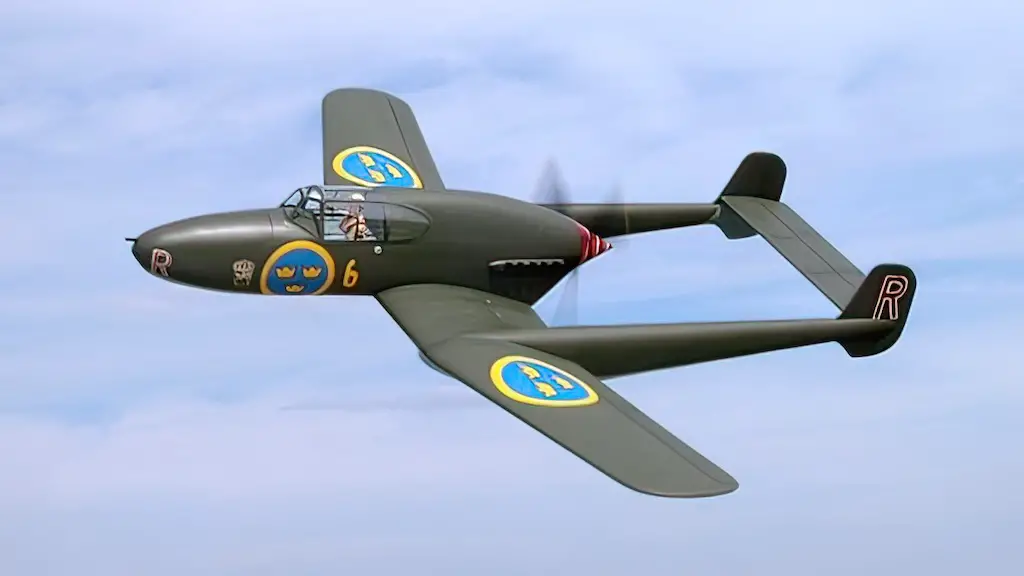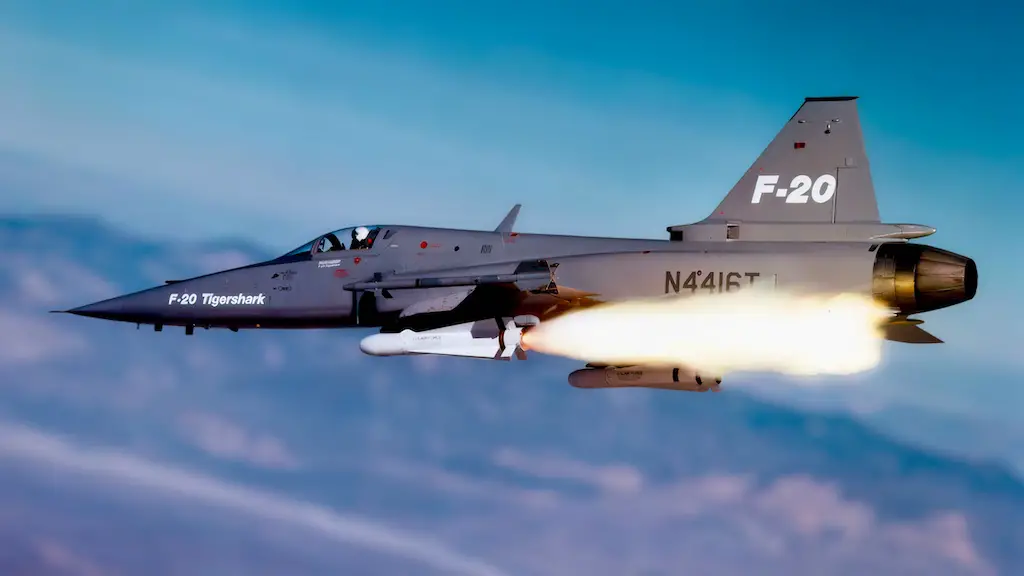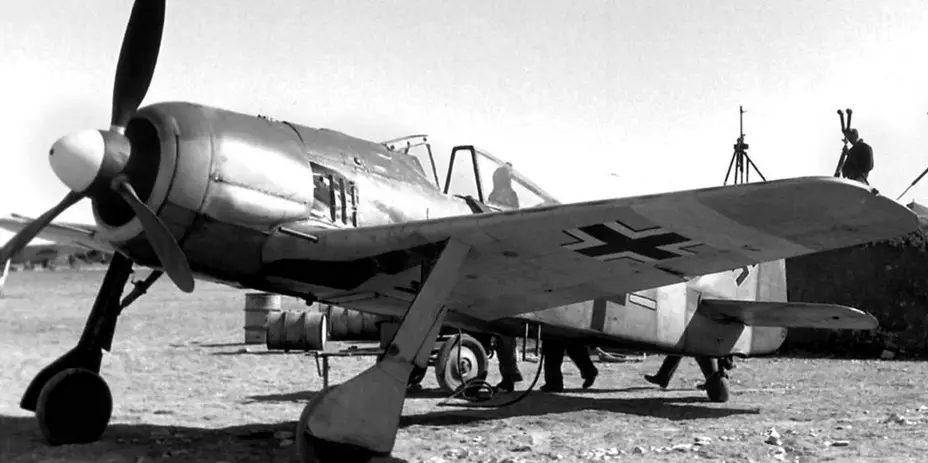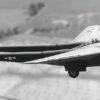A Metallic Wolf Among Birches
In 1989, a group of hunters ventured into the dense forests outside Leningrad, far removed from the hustle and bustle of civilization. Here, they stumbled upon an extraordinary find. Hidden among the silver birches was not a creature of flesh and blood but a metallic one: a Focke-Wulf 190, infamously known as the Butcher Bird. This discovery would soon be hailed as one of the most significant World War II relic finds in history.
Nestled in the young birch trees, the German fighter lay almost intact. Its paint, emblazoned with bright national markings and was remarkably well-preserved. This warbird seemed as if it had crashed just weeks ago, not 46 years earlier.
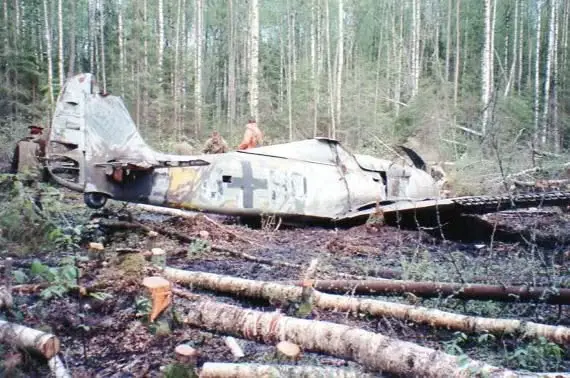
A Piece of History Preserved
Qualified experts soon identified the aircraft as a Focke-Wulf 190 A5 from Jagdgeschwader 54’s fourth staffel. What made the find even more remarkable was the state of preservation inside the cockpit. The pilot’s leather flying helmet and headset remained, almost waiting for their owner’s return. The aircraft showed signs of a wheels-up belly landing, but other than that, it was exceptionally preserved.
Sergeant Paul Rätz, the pilot, had abandoned the crash site in 1943, taking only a first aid kit. He was captured and held as a prisoner until 1949. Tragically, he passed away just before his aircraft reemerged from the woods.
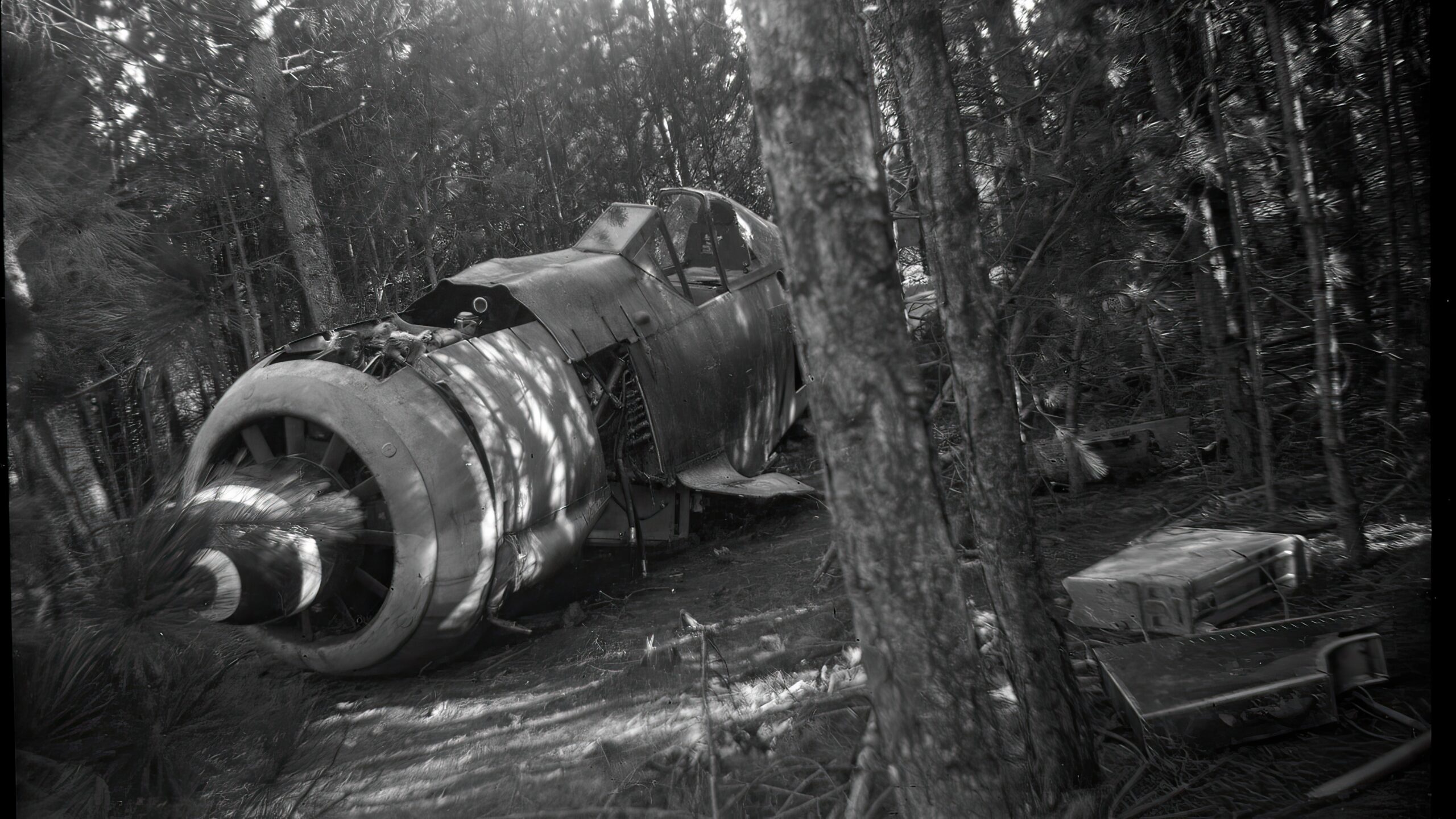
Secrets of Survival
The Focke-Wulf’s survival in such pristine condition was a marvel. Resting in a boggy area, the aircraft was shielded by the region’s low temperatures, regular snowfall, and dense forest cover. These elements combined to protect and conceal the plane for over four decades.
Around 1991, post the Soviet Union’s dissolution, a major operation was undertaken to retrieve the Fw-190. The extraction, mainly carried out by helicopter, marked the beginning of the aircraft’s journey towards preservation.
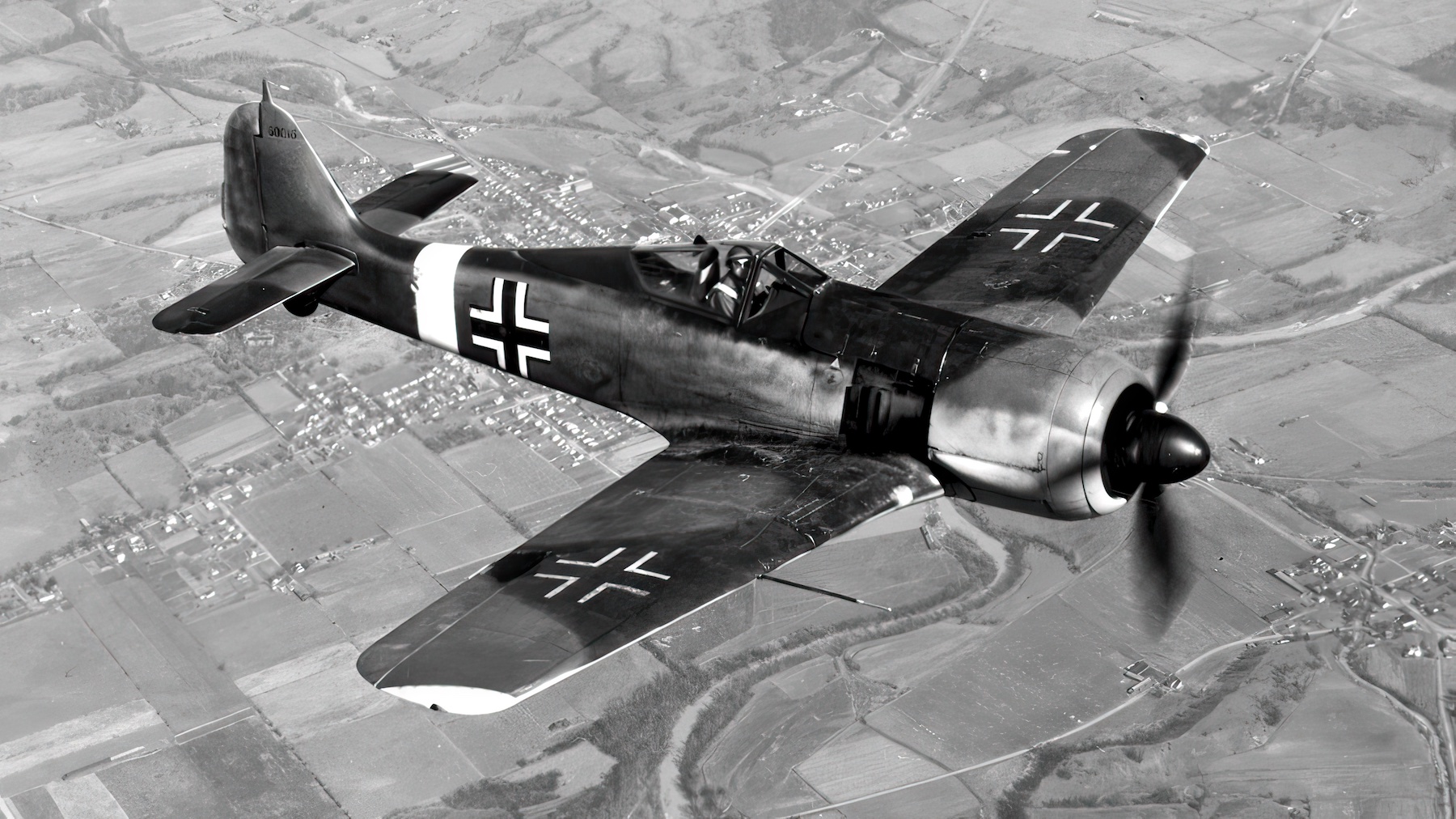
The Mystery of the Crash
The question of why Sergeant Rätz crashed on July 19, 1943, lingered. He was engaging a Soviet armored train when disaster struck. His aircraft, recently equipped with a new engine, failed mid-battle. No signs of flak damage were evident, but a startling discovery was made: an oily rag in the engine. It was likely sabotage, perpetrated by a forced laborer in the BMW production line, leading to the engine’s failure and forcing Rätz to land.
A Phoenix Rises
Decades later, this relic found a new owner in Paul Allen, the Microsoft billionaire. He invested in a meticulous 20-year restoration project, primarily in the UK, to bring the Focke-Wulf 190 back to its former glory. Today, it stands as the most authentic, airworthy Focke-Wulf 190, housed at the Flying Heritage Collection in Seattle, USA.
